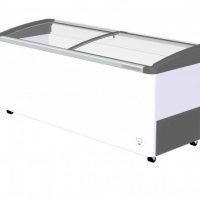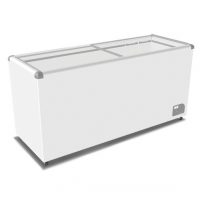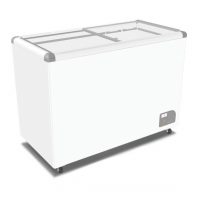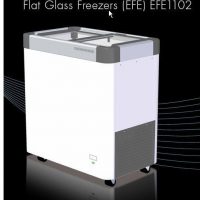There are several factors to consider in order to make the right freezer selection for hire. Firstly, you need to know what sort of foods and drinks will be served at the event, and which need to be kept frozen. For example, certain items like ice cream or ingredients for cocktails may require specialised equipment to maintain their quality.
Secondly, you need to know approximately how many people will attend the event. That will give you a good idea of how much freezer space you need to accommodate all the food and drinks that will be served.
You also need to have an idea of how accessible your frozen products need to be to staff. Certain freezers, such as upright freezers with glass tops, are easily accessible and consumers can view the products, whereas a chest freezer might be more suitable for items that don’t need to be on display.
At The Equipment Co, we offer a variety of commercial freezers designed for different applications and needs, including chest and upright freezers with glass tops. Our expert team can provide valuable guidance on selecting the most suitable freezer for your specific event. Feel free to reach out to us today for more information about our range of freezer options.



